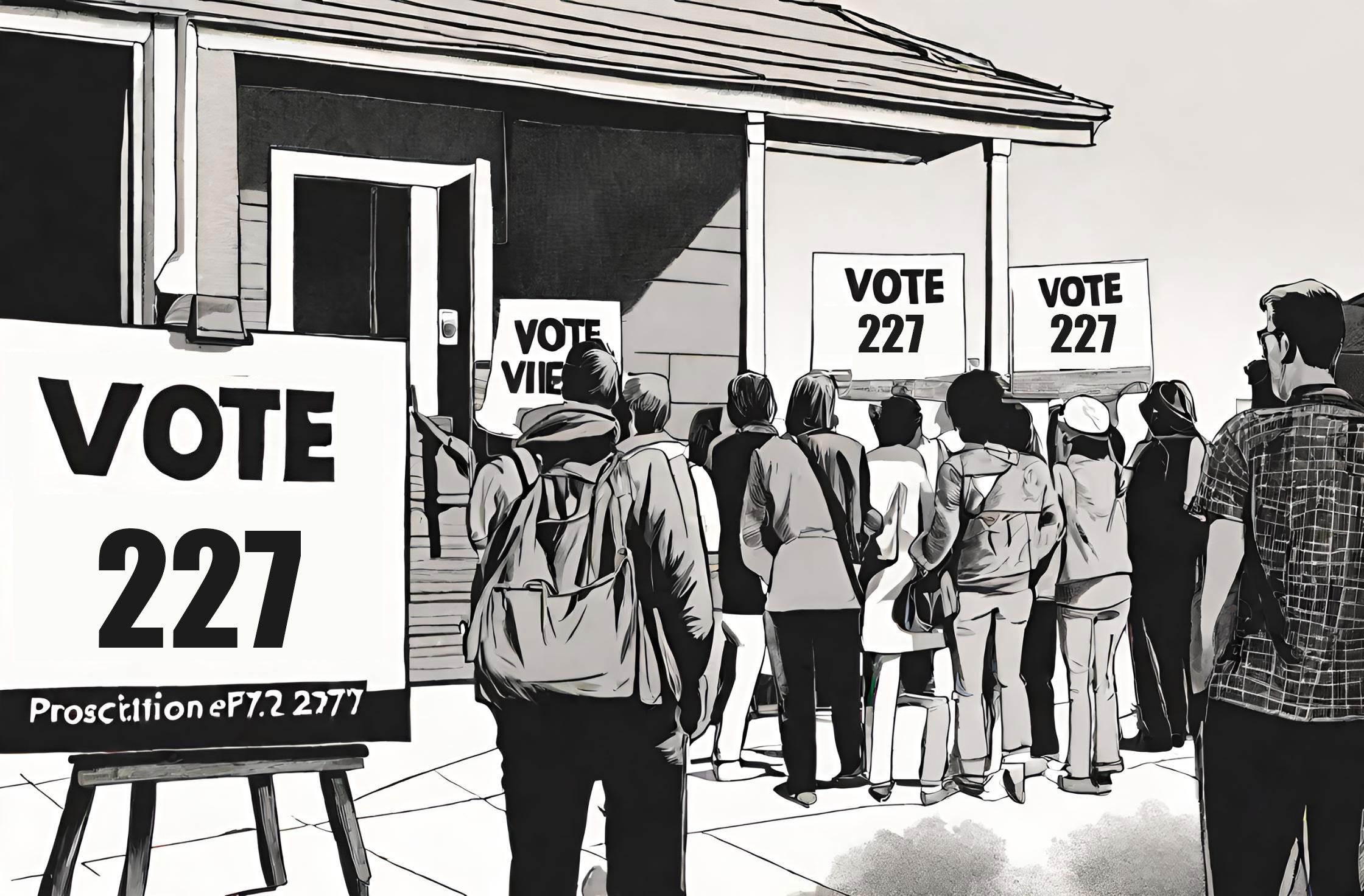Flashback to April 3
American History

On June 2, 1998, California voters made a historic decision by approving Proposition 227. This proposition abolished the state’s bilingual education program, sparking widespread controversy and debate.
Proposition 227, also known as the “English for the Children” initiative, was a ballot measure designed to change the way students with limited English proficiency were educated in California. Under the existing bilingual education program, non-English speaking students were taught in their native language while gradually transitioning to English-language instruction. However, supporters of Proposition 227 argued that this approach hindered English-language acquisition and hindered the ability of these students to succeed academically.
One of the main arguments put forth by proponents of Proposition 227 was the belief that immersion in English language instruction would accelerate the learning process for non-English speaking students. They argued that by placing these students in English-only classrooms, they would be forced to quickly adapt and become proficient in the language, leading to better academic outcomes in the long run.
Opponents of Proposition 227, on the other hand, voiced concerns about the potential negative impacts on students. They argued that abruptly removing bilingual education could lead to feelings of alienation and confusion among non-English speaking students. They also pointed out that research had shown that students who were able to maintain their native language while learning English actually performed better academically compared to those who underwent strict immersion programs.
Despite these concerns, on June 2, 1998, Proposition 227 was approved by a majority of California voters. The passage of this proposition meant that most non-English speaking students had to be taught in English-only classrooms, with limited exceptions for students who were deemed to have “special needs.” This marked a significant shift in the state’s approach to bilingual education.
The impact of Proposition 227 on bilingual education in California was substantial. Within a few years of its passage, the number of students in bilingual education programs decreased significantly. Many schools opted to implement English-only instruction, often referred to as “English language mainstreaming,” as the default approach for teaching non-English speaking students.
The long-term effects of Proposition 227 are still a topic of debate. Supporters argue that the proposition was successful in promoting English-language acquisition among non-English speaking students. They point to improved test scores and academic outcomes as evidence of the proposition’s effectiveness. However, opponents continue to criticize the measure, claiming that it failed to consider the individual needs and circumstances of non-English speaking students.
In response to the ongoing controversy surrounding Proposition 227, subsequent legislation was passed to provide more flexibility in bilingual education. In 2016, the California Multilingual Education Act was signed into law, allowing schools to implement bilingual programs based on the needs and preferences of their students and communities.
We strive for accuracy. If you see something that doesn't look right, click here to contact us!
Sponsored Content

US national debt hits…
On April 3, 1986,…

Battle at Namozine Church,…
The Battle at Namozine…

